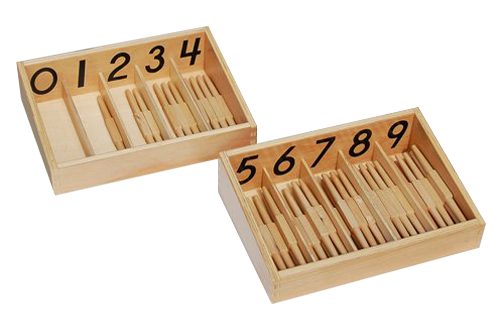What is Montessori? The Montessori Approach
The “Montessori Method” maintains that:
- each child possesses within himself a drive to explore, to discover, to learn;
- in a stimulating environment he will spontaneously engage in exploratory tasks;
- in doing so he unconsciously constructs his own personality.
Surrounded by ample opportunity to exercise his various abilities, the child becomes absorbed in a chosen task, developing a sense of order, concentration, independent work habits, initiative and inner control which renders exterior discipline seldom necessary.
The Essential Elements of the Montessori Method
Maria Montessori considered the essential elements in education to be the child, the learning materials and the prepared environment in which the teacher (Director) plays a guiding role. She developed her method of education around these three elements.
The Child
There must exist between adult and child a relationship in which the adult has a deep appreciation of the creative potential of the child and a respect for his need to become independent. Children develop at different rates and possess different potentials; teaching must therefore be individualised. The young child (birth to six years) has an “absorbent mind”. A rich variety of experiences should be presented to the child’s mind, which will gather these impressions. These stored impressions will later enable the child to better understand the world around him.
The Learning Materials
Children between birth and six years’ experience “sensitive periods” for acquiring certain skills and concepts. These are times when a child has a need, an unspoken desire, to master some aspect of the environment around him. The classroom should contain those learning experiences and activities suited to those sensitive periods. These must be presented in a manner that takes into account the child’s level of ability, his need for isolation of difficulty and his love of repetition. The young child learns “sensorially” through movement in a prepared environment and through work with didactic materials. The child has a “tactile memory”, enabling him to remember easily what he has learned through the senses, especially the sense of touch and through active engagement with materials in the environment.
The Prepared Environment
The prepared environment should combine an atmosphere of freedom with sufficient self-discipline and direction to enable the child to discover, through his work, the satisfaction of achievement, the pleasure of work, the sense of security that flows from order and routine, and to develop his powers of choice and concentration.
















